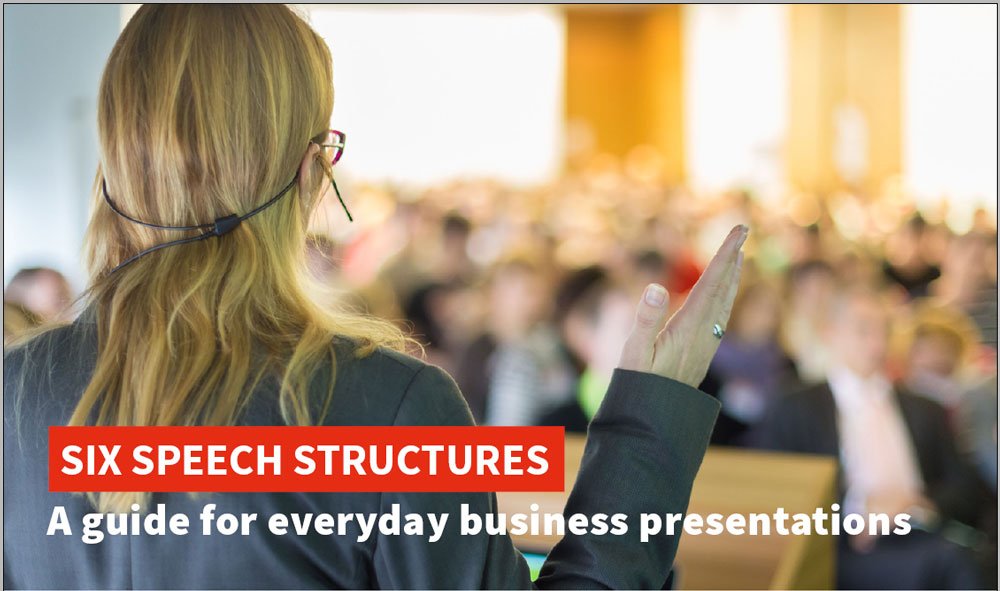How to Close a Sale


What are the communications secrets of a sale? How can you size up a potential customer, develop a fast and durable relationship, and close the sale? Nick has written the following steps that will ensure a win for you (almost) every time.
It’s not about your product, it’s about listening to your customer’s need
Most salespeople know that they should listen to the client, but too few of them do, and usually not soon enough. And they don’t listen in the right way. You should be listening for the underlying messages more than the superficial ones. What emotion is the (potential) customer putting forward? Excitement about a new purchase? Fear about a new technology? Resistance to change? Resentment at the old product?
People long to be heard; at the start, all you have to do is listen. But listen for the right things. And then, most importantly, you have to show that you’ve heard.
What’s memorable – and important to people – in communication is emotion; that’s what you should be listening for and responding to, not just the expressed content. If you acknowledge a client’s emotions, and figure out an appropriate way to respond to them, you’ll be her favorite salesperson in no time.
Begin by reflecting back the basic messages. “So what I hear you saying is that you’re in the market for a new flibbertigibbet, is that right?” Once you get the basics settled, then move on to the emotions. Ask questions to elicit them, like, “Were you sorry to see the old one go, or was it good riddance to bad rubbish?”
Keep it light; this is a sale, not therapy. But don’t duck from stronger emotions if they come up. Put on your therapist hat and go to work. Your goal in all this is to be able to complete the following sentence: “Customer X is in the market for a Y, and she’s Z about it.” X is the customer, Y is the product, and Z is the customer’s attitude.
You’ll have time to sell your customer on products, features, and upgrades later. For now, focus on establishing a connection. We want to feel that connection is real and strong enough to last through the after-sale (or repeat-sale) care, so don’t rush it or fake it. Connections between people get established at the surface first, but if they’re to be durable, then they must have emotional glue to hold them together.
It’s not about your style; it’s about something that makes you unique
I heard a few years back about the most successful car salesman in the country. He did one thing: he remembered birthdays and sent out cards. Forever. Every customer – and every potential customer. He had third-generation clients – grandchildren of customers who were buying their first car.
And all he did was remember their birthdays. Thousands and thousands of birthdays. That’s not style; that’s a real commitment. What’s your life’s work?
It’s not about eye contact; it’s about personal space
Of course, eye contact is important to communicating – and selling. But it’s not as important as most people seem to think. The exquisite dance of eye contact between two people who are talking to one another is largely regulated by our unconscious minds. The point is to signal – along with a symphony of other gestures – when one person is done or almost done and the other person should start talking. It’s only noticed when one person indulges in too much – or too little – eye contact. Then it interferes with the regulation of the conversation.


More important to communication and to sales than eye contact is the amount of space between the two people. We all have incredibly sensitive monitoring capabilities keeping constant track of where we – and everyone else is – in space. It’s for obvious safety reasons, it’s mostly unconscious, and it works very well.
We monitor four zones of space. Twelve feet or more is public space – and our unconscious brains don’t pay much attention to that, because that means that people are far enough away that we have time to react.
Twelve feet to four feet is social space. That’s warmer, and our brains are now paying attention, but it’s still a cool relationship. Things heat up in personal space – four feet to a foot and a half. And things get really hot in intimate space – a foot and a half to zero.
Here’s what’s important about that: The only significant things that happen between people happen in personal and intimate space. As a sales person, you can’t go into intimate space, usually, so here’s the takeaway – to close a sale you must get into the personal space of the client/customer. It’s why car salespeople spend so much time shaking your hand – they want to build your trust by getting into your personal space repeatedly. Good tactic, just a bit overdone.
You’ve got to make it real. And authentic. But get into their personal space.
For the rest of us, a successful sale involves the delicate art of creating trust without pushing it. Use personal space subtly and tactfully and you’ll accomplish this with style. Let the eye contact take care of itself, unless you’re The Rainman.
To close a sale, you need to first establish credibility and trust
To succeed with an audience, or a customer, you need to establish credibility first and trust second. Credibility comes first, because that’s what happens when you show that you understand the customer’s problem. Trust comes second, because that’s what you establish when you solve that problem.
You can’t sell anyone anything unless you’re solving a problem for them. You can sell anyone anything if you understand their problem and solve it appropriately, authentically, and sensitively.
Failing either credibility or trust, your relationship with the client or customer won’t be durable. Without credibility, you’ll find that your customer will be likely to go elsewhere in search of expertise, even if they trust you as a human being.
Do you really understand my paint color issues?
Without trust, a client will be tempted to mine you for expertise, and then go make the ultimate purchase from someone else.
Will you really follow through on the after-sale?
How do you establish these two key aspects of a relationship? Begin by listening to the customer’s problem. Show that you understand it as well or better than the client does, and you’ll create credibility.
She gets that I loathe chartreuse! Finally, someone who knows something about paint!
Then, show how you can solve that problem. You’ll forge a strong bond of trust with that client when you take away the point of pain that sent them to the marketplace in the first place.
That shade of lavender will be perfect for the room.
Credibility and trust. The two key ingredients for a strong, enduring relationship with a customer.
OK, time to close.
Closing a sale is all about understanding the customer’s decision-making process
Where are your clients or customers when they get in touch with you?
Are they happy with the product they have, but want to be reassured that they made the right decision? Or are they in the throes of the problem, uncertain of which way to go, looking for answers? Or have they already decided on a course of action, and are basically looking for you to take the order?
Each of these states of mind requires very different handling; it’s axiomatic that you need to understand your customers clearly in order to be able to talk to them effectively.
Customers in the first stages of decision-making just need help with framing the problem. Less information is better. Just give them a statistic, or a very brief verbal portrait of what the future might look like.
Do you realize that the 2011 version of the Fabulator uses half the energy of its predecessors?
Customers deep in the problem want information – comparisons, data, detail. This stage is where all that product or service knowledge you have is actually useful. Don’t go to the point of eyes glazing over, but do satisfy the urge for information.
Both models will get the job done, but the Fabulator-B is smaller and quieter, not to mention faster operating.
And clients who have already made up their mind will appreciate some visualizing of the benefits, but very little else. They don’t want to be slowed down, so don’t make it hard for them to buy.
You’ve made a great choice. The Fabulator Supreme will take care of all your issues and also make you a spectacular cup of morning coffee. Now let’s get that paperwork out of the way.
That’s why it’s so important to listen to your customers before you launch into any kind of explanation. If you don’t know where they are, you can’t point them to where they should be going.
Finally, involve your customer with small steps to get them comfortable to take the bigger ones
It’s imperative that you don’t do all the work in the sales process. If you keep your clients passive, don’t be surprised when it’s hard for them to suddenly get active and agree to close the sale. Too many salespeople think that it’s all up to them. But the real secret is to get the customer working on the deal too. Begin with little steps, steps that don’t involve big commitments, and then work up from there.
In the 1987 comedy Tin Men, 1960s-era aluminum siding salesman Richard Dreyfuss initiates a younger protégé into the magical world of sales. In one call on a housewife, Dreyfuss drops a dollar bill on the floor, and allows the housewife to pick it up for him. He explains to the initiate that he can tell whether or not he’s going to get a sale with this trick. If the housewife picks up the bill, she’s a nice person and can be talked into aluminum siding. If she doesn’t, she won’t be won over.
The psychology is right, but the execution is wrong. Dreyfuss should have been seeking to create a real relationship with his customers, rather than just exploiting them. And by getting them involved, not in sneaky tests of their malleability, but in genuine steps along the road to the sale, he would have increased the amount of aluminum siding gracing the houses of Baltimore.
Take your clients from passive to active. Involve them in the process. Don’t do all the work.
Keep these communications rules in mind and close the sale every time.













